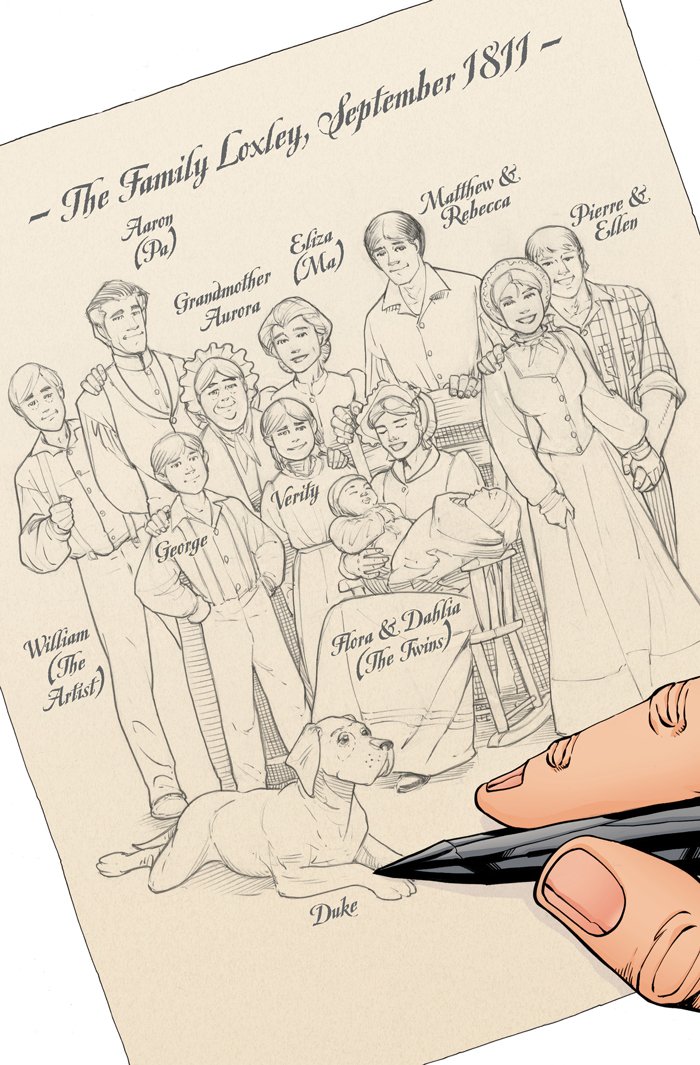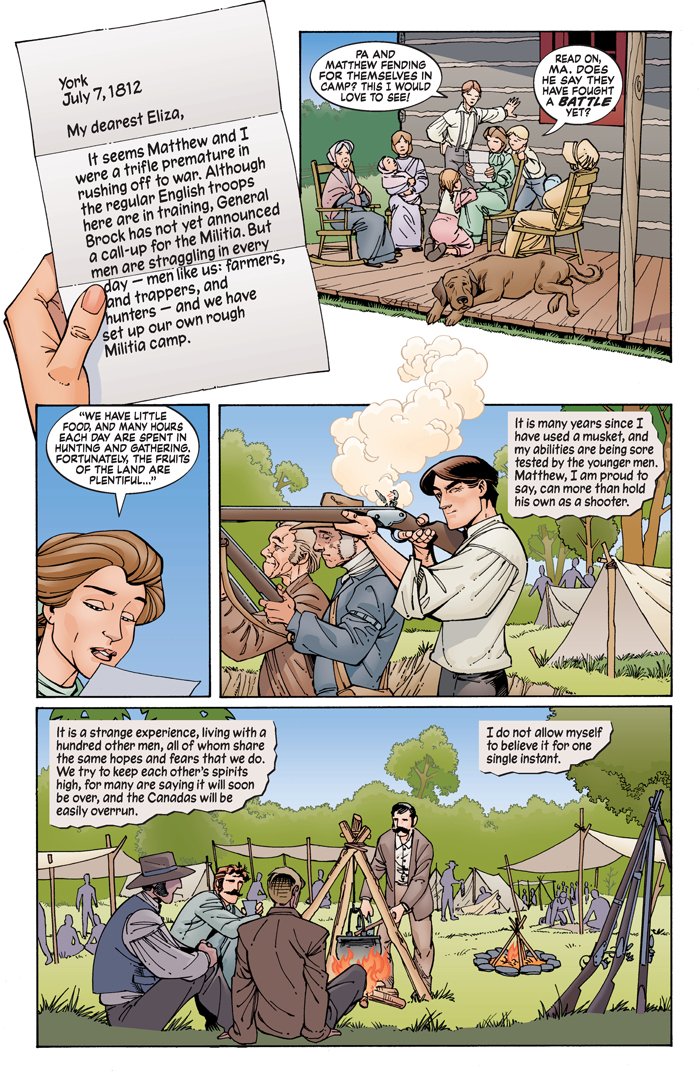
By Yatuu, translated by FNIC (Sloth Publishing)
ISBN: 978-1-908830-02-9 (TPB)
Much as we’d like to think otherwise, the world of work is pretty similar everywhere now and no longer possessed of purely national characteristics. These days we all slave under a universal system that sidesteps borders in the name of global corporate philosophy; it might even be ideology now! Thus, this stunning and still so very germane glimpse of one French woman’s frustrated struggle against modern employment practise is one that’s being repeated all over the planet every day. In this case however, Capitalism picked on the wrong person. Yatuu (Sasha, Génération mal logée!, Pas mon genre) has enough spark, gumption and talent to fight back and eventually turned a strident cartoon objection into a sparkling comics career…
When Cyndi Barbero graduated from college and began looking for a job, all she was offered were unpaid internships. Eventually, she took one, still believing the mantra everyone with a job repeated: “if you work hard enough they may offer a permanent position”…
The work-placement role ran its legally-mandated course and she was promptly replaced by another sucker. After the third time it happened she began to blog (www.yatuu.fr/en) about and sharing her experiences, venting her opinions on such a manifestly unfair system and derive a soupçon of justifiable payback…
Just in case you’re unaware: An Intern takes a position in a company to learn the ropes, develop good working habits and establish contacts that will make them more employable. The system used to work even though most kids ended up doing scut-work and never really learned anything useful. Such positions are unpaid and eventually most employers realised that they could get free low-grade temporary labourers and thereby cut their own running costs. Using, abusing and discarding the seemingly endless supply of optimistic hopefuls has become an accepted expense-control measure at most large businesses. Even employers who originally played fair had to change at some stage, because the exploitative tactics gave business rivals an unfair financial advantage…

In almost 45 years of fairly successful freelancing I met lots of interns – good, bad, indifferent and uncommitted – but after 1990 encountered only one large company where interns were paid – and that’s only because the old-fashioned, old-school CEO put his foot down and insisted. When he retired and the company was sold, the intern program quickly shifted to the new normal…
This subtly understated, over-the-top manga-styled, savagely comedic exposé tracks one exhilarated graduate’s progress from college to the world of no work through ‘At the End of the First Internship’ via ‘At the End of the Second Internship’ to ‘At the End of the Third Internship’ when even she began to smell a rat. Even that didn’t daunt her (much) and, after much soul-searching, she took her dream job at a major Ad Agency. At least it would have been, were she not the latest addition to a small army of interns expending their creative energies for insane zero hours, zero thanks, or acknowledgement and at their own financial expense.
From ‘Some Words Get Instant Reactions at Interviews’ through her ‘First Day’ – via vivid and memorable digressions on expected behaviour and hilariously familiar vignettes of types (I was an advertising freelancer and have actually gone drinking with many of these guys’ British cousins…) – to the accepted 7-days-a-week grind of ‘This Place is Great Because You Learn to Laugh on Cue’ and ‘Nothing Out of the Ordinary’, Yatuu grew accustomed to her voluntary slavery… although her barely-suppressed sense of rebellion was unquenchable.
Amongst so many short, pithy lessons compiled here we see and sympathise with ‘Intensive Training’, observe ‘The Pleasure of Feeling Useful’ and realise there’s ‘Nothing to Lose’, before an intriguing game of office ‘Dilemma’ explores whether to have lunch with the Employees or Interns and what to do if asked to do ‘Overtime’...
As much diary as educational alarm call, this beguiling collection reveals how the hapless ever-hopeful victim developed survival strategies – like finding a long-suffering workmate prepared to lend a floor, couch or bed for those frequent nights when the last train leaves before you do…

Mostly however, this addictive collection deals with the author’s personal responses to an untenable but inescapable situation for far too many young people: revealing insane episodes of exhaustion, despondency and work (but, tellingly not Job)-related stress, such as too many scary midnight cab rides home, constant nightmares and grinding daily insecurity.
What’s amazing is that it’s done with style, bravery and an astonishing degree of good-natured humour – especially when dealing with ‘The Idea Thief’, planning ‘Retaliation’ or perfecting ‘The Ultimate Revenge Technique!!!’…
Originally collected as Moi, 20 ans, diplômée, motivée… exploitée!, Yatuu’s trenchant cartoon retaliations were published in English some years ago (so we’re long overdue for a new edition) and makes for fascinating reading. Although it really should be, you probably won’t find Young, Talented, Exploited! discussed in any school Careers lessons or part of any college Job seminar and it’s almost certainly banned from every employers’ Orientation and Training package, but that’s just a sign of how good it is.
Best get your own copy and be ready for the worst scams, indignities and excesses that the Exploiters and Bosses will try to spring on you. At least once you’ve paid for it you can be assured that it will deliver on its promise…
© 2013 Yatuu & 12bis. English translation and layout © 2013 Sloth Publishing, Ltd.
























